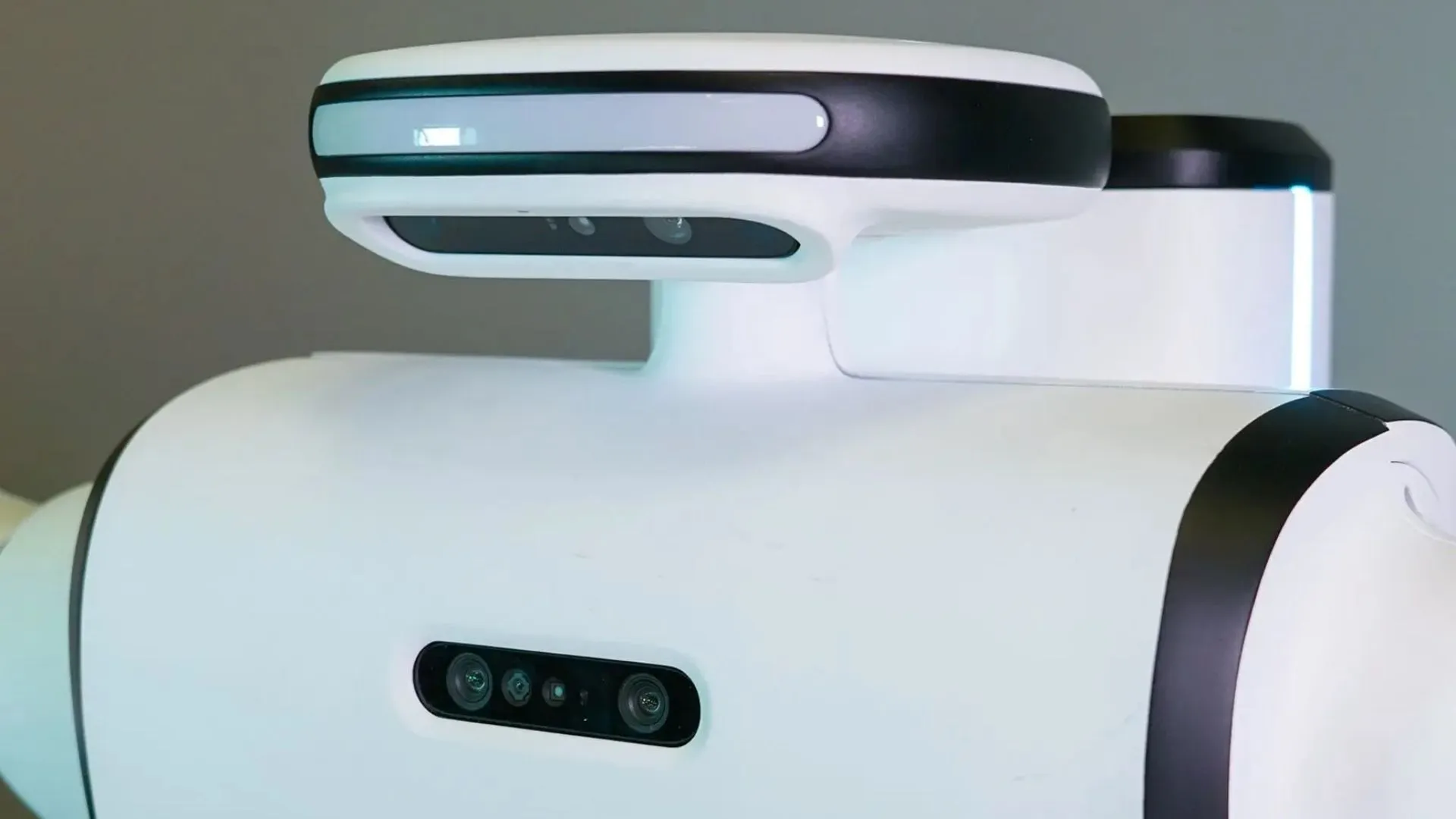Copyright Interesting Engineering

Richtech Robotics Inc. has unveiled Dex, the company’s first-ever mobile humanoid robot designed for industrial applications. Equipped with the NVIDIA Jetson Thor, Dex is available in two configurations: a stationary platform ideal for repetitive, high-precision tasks, and a mobile platform that can change spaces with agility and real-time awareness. Dex can perform various light to medium tasks, such as operating manufacturing machines, sorting parts, handling materials, inspecting product quality, and managing packaging. With these core abilities, it serves as a helpful partner across manufacturing, logistics, and other labor-intensive industries. Dex is currently on display at GTC 2025 in Washington DC. Dex: Tech specs According to Richtech’s official website, Dex’s stationary platform measures 3 feet 7 inches in height, while the mobile platform is estimated at 4 feet 6 inches. The humanoid robot has a payload capacity of 11 pounds per arm. The Dex mobile platform has a battery life of 4 hours, with a charging time of 2 hours. The stationary platform can run 24/7 using a static base. Dex also has a four-camera vision system that allows smooth navigation and task performance in a rapidly changing environment. The architecture behind Dex Dex is built using lessons from over 450 Richtech robot installations nationwide. It combines the AMR (autonomous robot technology) technology of Richtech’s Titan delivery robots with the two-arm precision of the ADAM service robots, making it both mobile and skillful. The humanoid learns tasks in a virtual environment by combining real-world data with NVIDIA Issac Sim – a robotics simulation tool – before performing them in the real world. Known as “Sim2Real”, it helps speed up deployment, improve safety, and make it easier to scale new robotics applications. Richtech used a combination of real-world reinforcement and simulated learning to help Dex learn and perform faster in complex situations. The robot can learn from new data and be customized for specific tasks, allowing manufacturers to scale smoothly and keep production strong at home. Wheeled legs Unlike other humanoids, Dex’s mobile platform is equipped with wheels instead of legs, a decision driven by engineering and operational efficiency. With this design, Dex can move quickly and smoothly, stop safely, and stay stable around people, saving energy and reducing maintenance. “Humans are great at object manipulation, and wheels are best for fast, efficient, and stable transportation,” said Matt Casella, President of Richtech, in a press release on October 28. “So we designed Dex to travel like a machine and perform tasks like a person. This practical approach gives Dex unmatched versatility and uptime, enabling us to solve real-world production challenges today,” he added. Richtech’s robotic evolution Richtech Robotics came to prominence first in the service and hospitality space. Its ADAM bartender robot served drinks at Major League Baseball games, while the autonomous delivery robots streamlined hospital medicine transport. Now, that foundation powers Dex — combining years of service-industry innovation with NVIDIA-powered simulation and advanced mobility to create practical robots that work alongside people in industrial settings.



